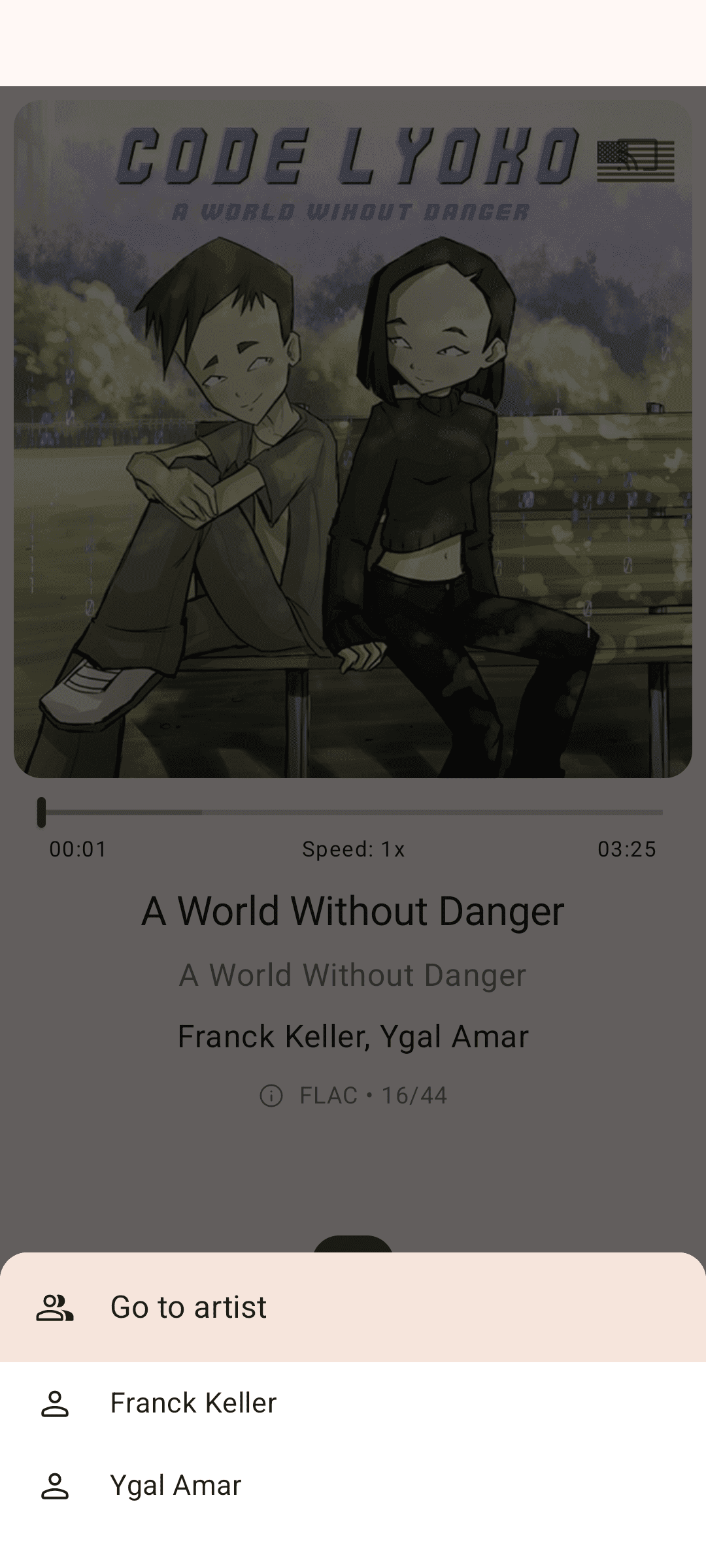
- 2 Posts
- 22 Comments
If you have some times, you could try my new Opensubsonic server, which is written with performance in mind (I’ve tried to do a lot of things in compile-time) especially if you are transcoding the song a lot.
Sorry to make you feel that way. You are the first commenter and the first star on github so I am really appreciate it. “Nghe” could be decompose into two parts: “ngh” and “e”. The “e” part sound like “eh” but the “ngh” part is just “difficulty level: asian” so I put a video here: https://www.youtube.com/watch?v=ttA8ukm8lwI (“ngh” and “ng” have the same pronounciation). Thank you very much!
Here you go. But setting up a testing environment on github actions is too hard so it is built only for now.
Edit: test is added now
Thank you very much for your kind word! I’ve seen that scanner already but decided to reimplement anyway because I want to choose a different design from the start and have the flexibility to add some new features myself (some kind of ML integration like immich and S3 integration). At worse case, I will still use this so no problems :D
Is Rust that much better than Go?
IMHO, rust and go are two differents things. The reason I choose Rust is because it is fast and calling C code from rust is supported really well since Rust’s goal is to become a system language. Navidrome is just calling the ffmpeg binary. While in my project, I’ve compiled the neccessary parts of ffmpeg myself (thanks to vcpkg) and call the function directly from Rust. It leads to smaller and fully static final binary (because no ffmpeg bin) as well as faster transcoding time since we don’t have to wait for the ffmpeg binary to finish transcoding the whole file before load the result from the filesystem to the memory.
Would it have been impossible to submit your changes to Navidrome as pull requests?
You can see here. This is the biggest reason why I’ve decided to start my own implementation. Beside, I share my server with several friends so I want a mechanism to prevent mixing musics from different people.
Does this import the Navidrome database?
This could be a feature request in the future. I could add a python script to import users/songs/playlists/playcount/etc from Navidrome.

 English
English- •
- github.com
- •
- 7M
- •
I found something for AWS here but not sure about the rest https://www.reddit.com/r/aws/comments/hxfjwl/does_aws_ever_scan_s3_buckets_for_known_copywrite/
I dont think Ansible is a general templating engine ? I do templating for all most everything and not only docker compose, for example this for traefik configuration.
I actually need more than merging. For example, right now my traefik.template will look like this:
[http.routers.{{ router_name }}]
rule = "{{ router_rule }}"
service = "{{ service_name }}"
middlewares = [{{ middlewares | map("tojson") | join(", ") }}]
{% block router %}{% endblock %}
[http.routers.{{ router_name }}.tls]
certResolver = "leresolver_http"
{% if service_host is defined %}
[[http.services.{{ service_name }}.loadBalancer.servers]]
url = "{{ 'https' if service_use_https is defined else 'http' }}://{{ service_host }}{{ ':' ~ service_port if service_port is defined else '' }}"
{% endif %}
and then one of my traefik.toml could look like this
{% extends "template/traefik.jinja" %}
{% set router_name = "dozzle" %}
{% set router_rule = "Host(`dozzle.example.com`)" %}
{% set service_name = "dozzle" %}
{% set service_host = "dozzle" %}
{% set service_port = 8080 %}

 English
English- •
- 1Y
- •


Not really for ventoy but have you heard about medicat ? I have bookmarked it for sometime now but never had a chance to try.
Edit: medicat also supports ventoy


I have the same problem with navidrome so I’ve written a new Opensubsonic server in Rust with a permision model. You can check it out here: https://github.com/vnghia/nghe